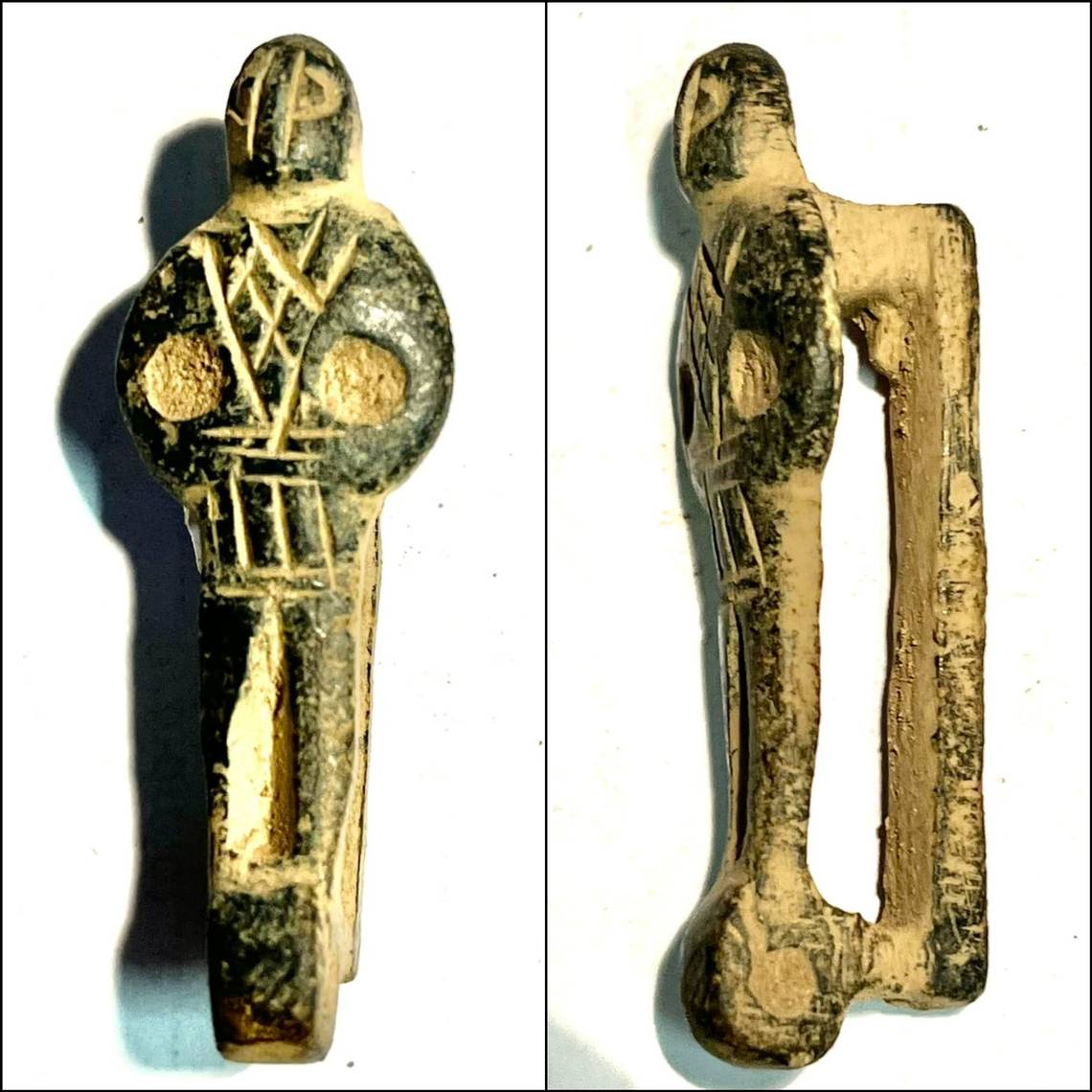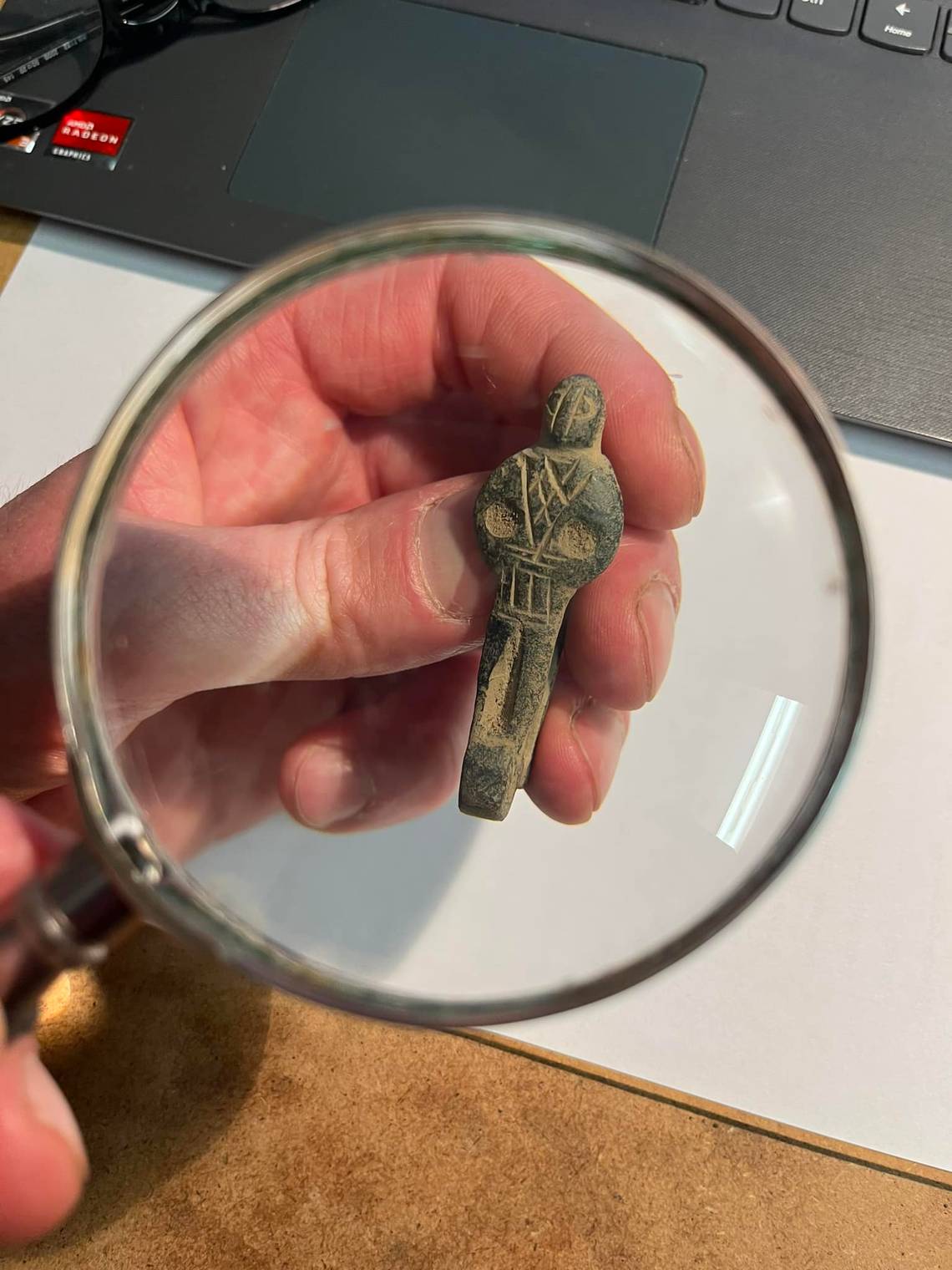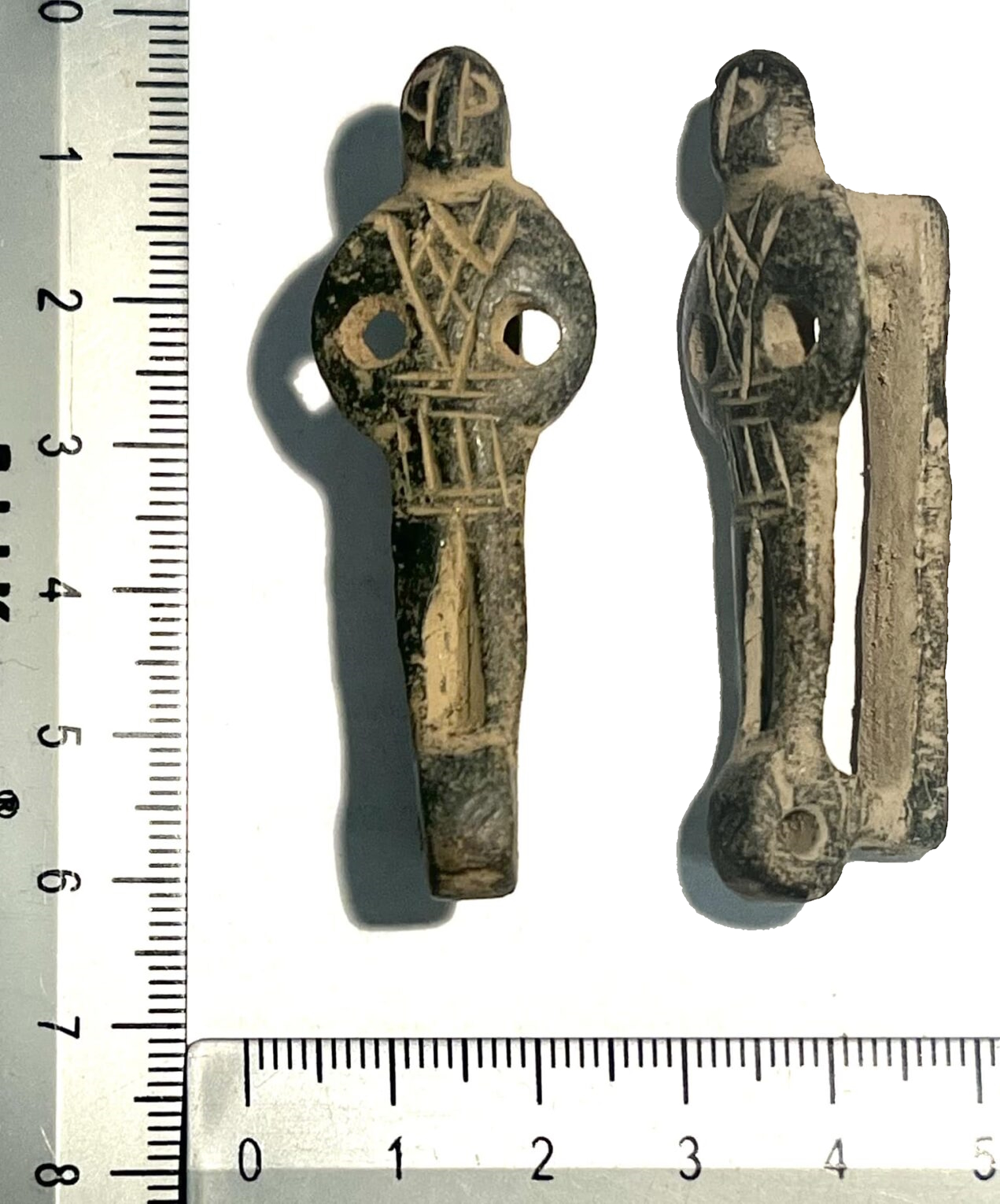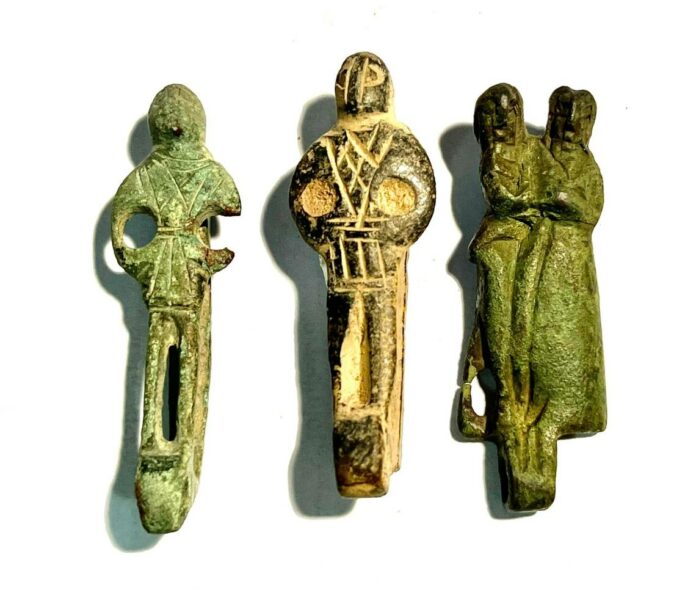In an exciting discovery for history enthusiasts and archaeologists alike, a metal detectorist in Poland has unearthed a rare medieval artifact with both historical significance and a functional purpose. This intriguing find sheds light on the craftsmanship and daily life of the late medieval period. The artifact, uncovered by Damian Tomczyk, has captivated experts with its historical value and unique design.
A Chance Discovery

Damian Tomczyk, a passionate metal detectorist, was exploring the area near Kamień Pomorski when he made an extraordinary find. The artifact, a small carving depicting a human figure, was discovered during his search. According to the Museum of the History of the Kamień Land, the object features intricate carvings that are both aesthetically pleasing and historically significant.
Artifact Details

The artifact, which dates back to the late medieval period (circa 1050 to 1500), has been identified by archaeologists as a rare anthropomorphic loop. Measuring approximately 3 inches in height, the object resembles a person standing with their hands on their hips when viewed from the front. From the side, it reveals a rectangular-shaped loop extending outward.
The late Gothic era, during which this artifact was crafted, is renowned for its distinctive style in painting and architecture. The period, spanning the 15th century, saw a peak in Germany’s Gothic artistic expressions. This artifact provides a tangible connection to this vibrant period of history.
Significance of the Find

The medieval loop discovered by Tomczyk is one of only 15 known examples of such artifacts. These loops, often referred to in German literature as belt hooks, figure key holders, or key hooks, have primarily been found in Germany. The rarity and condition of this particular find make it a valuable addition to historical collections.
Currently, the artifact is housed in the Museum of the History of the Kamień Land, which also features two other medieval loops. This small collection provides a broader context for understanding the usage and significance of such artifacts in the late medieval period. A photo released by the museum showcases this trio of medieval loops, highlighting their craftsmanship and historical importance.
Conclusion
Damian Tomczyk’s discovery in Kamień Pomorski not only enriches our understanding of medieval artifacts but also illustrates the remarkable intersections of chance and historical preservation. As the artifact joins the museum’s collection, it continues to captivate scholars and history enthusiasts alike, offering a rare glimpse into the medieval world. This find underscores the value of metal detecting as a means to uncover and preserve pieces of our shared past, contributing to a deeper appreciation of historical craftsmanship and daily life.
